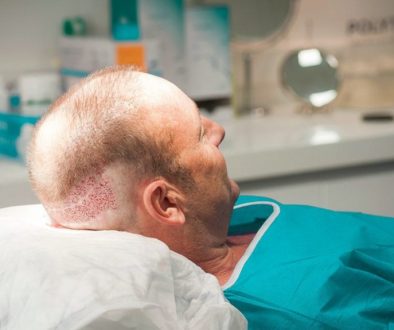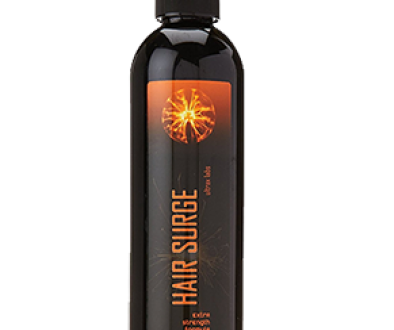How Rogaine (Minoxidil) Really Works to Treat Hair Loss
This question was posed by a female [tag]hair loss[/tag] sufferer seeking [tag]hair loss help[/tag] on our hair restoration forum and answered by Dr. Michael Beehner of Saratoga Springs, NY who is one of our recommended hair restoration physicians. His professional answer is below.
How does [tag]Rogaine[/tag] ([tag]minoxidil[/tag]) work? I’ve heard it’s an [tag]anti-androgen[/tag], is this true?
 I have been reading and going to meetings for years and have never heard Rogaine (minoxidil) described as an anti-androgen. I think you have mixed it up with [tag]Propecia[/tag] ([tag]finasteride[/tag]). We know that minoxidil is a vasodilator and may increase blood supply in the skin. In fact, some surgeons stop it a few days before [tag]hair transplant[/tag] surgery to avoid excessive bleeding. I don’t, and have never seen bleeding increased with it being used right up to the time of [tag]hair restoration[/tag] surgery. Also, we know minoxidil has an effect on potassium in the cells, but most of its action is relatively unknown, and some have simply described it as a “[tag]hair growth[/tag] factor” for hair, although in reality it is much better at preventing hair loss than in actually [tag]growing hair[/tag]. It probably works best in [tag]hair regrowth[/tag] when used in conjunction with Propecia (finasteride), as it is synergistic with the other medication.
I have been reading and going to meetings for years and have never heard Rogaine (minoxidil) described as an anti-androgen. I think you have mixed it up with [tag]Propecia[/tag] ([tag]finasteride[/tag]). We know that minoxidil is a vasodilator and may increase blood supply in the skin. In fact, some surgeons stop it a few days before [tag]hair transplant[/tag] surgery to avoid excessive bleeding. I don’t, and have never seen bleeding increased with it being used right up to the time of [tag]hair restoration[/tag] surgery. Also, we know minoxidil has an effect on potassium in the cells, but most of its action is relatively unknown, and some have simply described it as a “[tag]hair growth[/tag] factor” for hair, although in reality it is much better at preventing hair loss than in actually [tag]growing hair[/tag]. It probably works best in [tag]hair regrowth[/tag] when used in conjunction with Propecia (finasteride), as it is synergistic with the other medication.
Mike Beehner, M.D.
—
Bill
Associate Publisher



